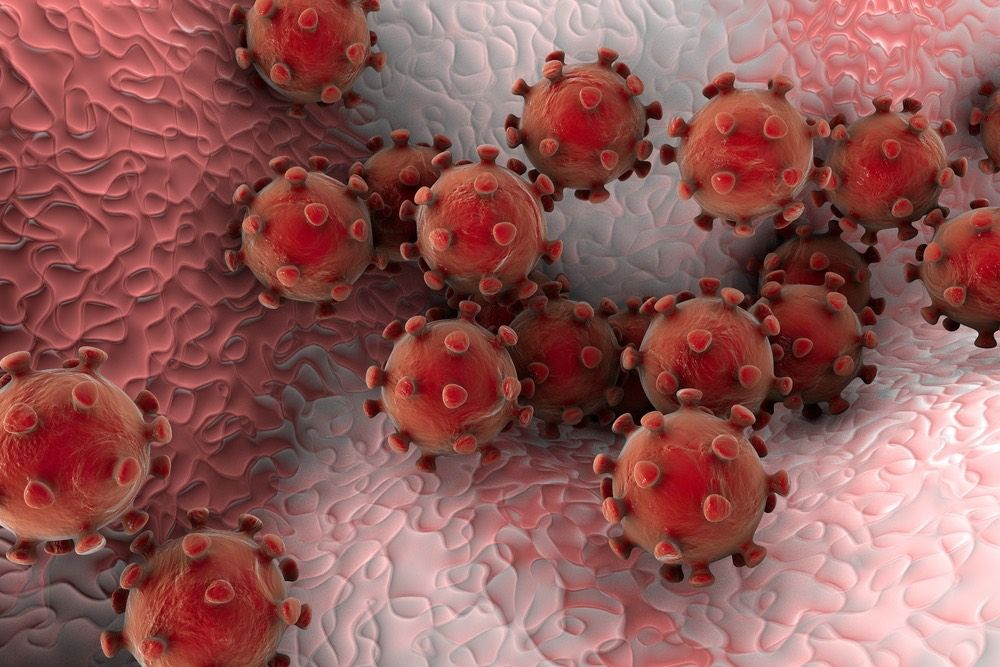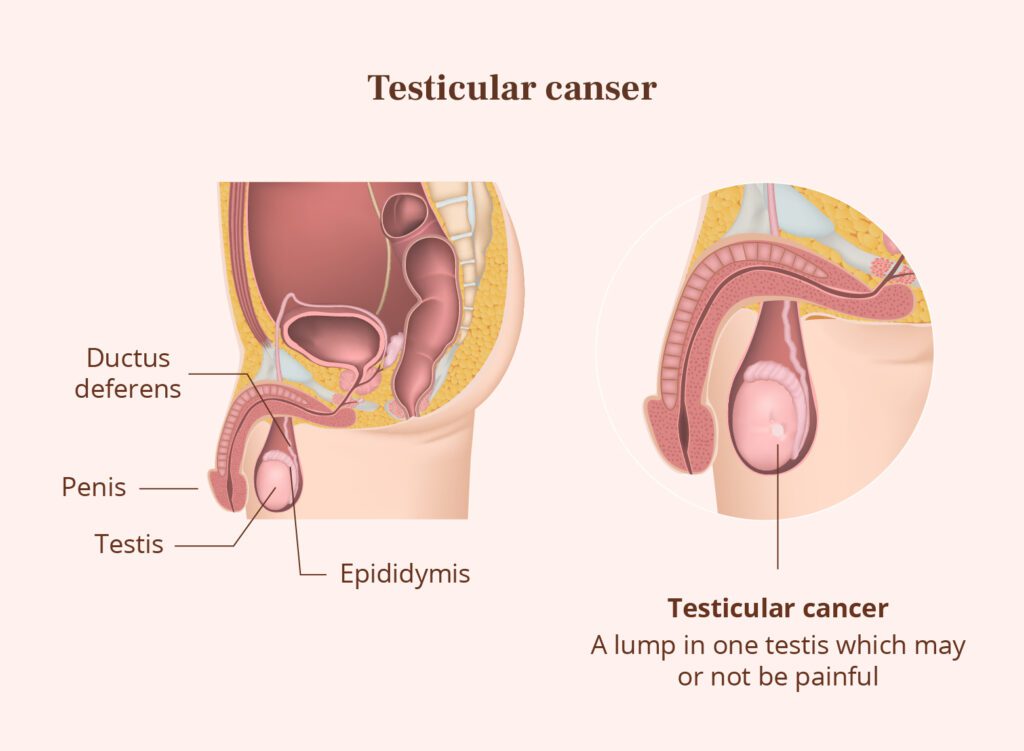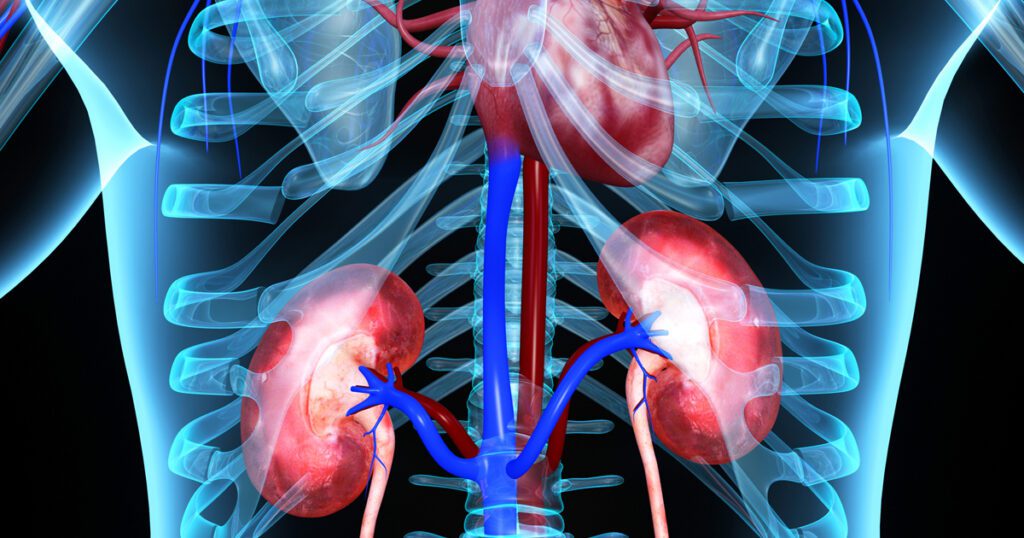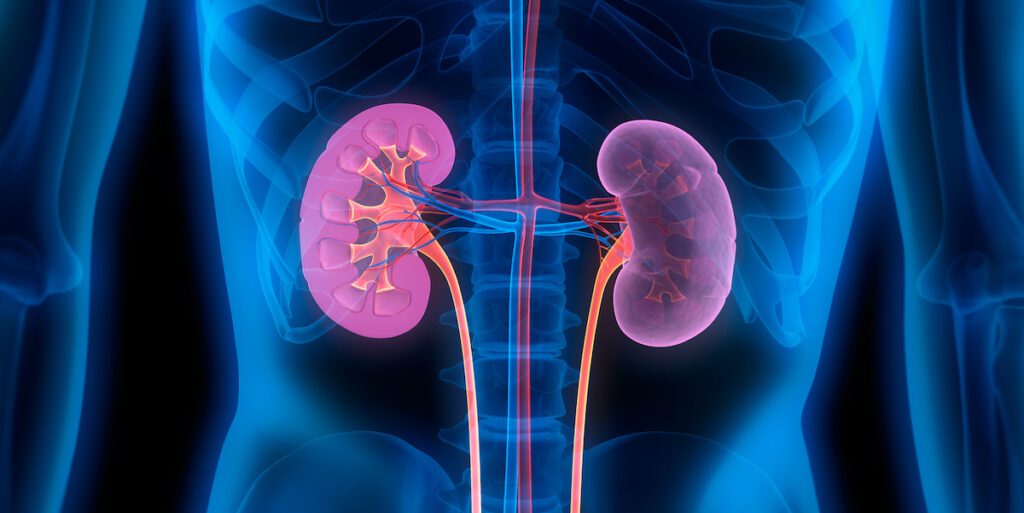In the last article, we discussed the 15 most dangerous diseases in the history of the world. Today, we are going to discuss the strategies for preventing those diseases.
- The Black Death (Bubonic Plague):
- Quarantine infected individuals
- Practice good hygiene, including regular handwashing
- Control rodent populations through pest control measures
- Avoid overcrowded areas and close contact with sick individuals
- Use personal protective equipment when handling potentially infected materials
- Educate communities about the signs and symptoms of the plague
- Implement vector control measures to reduce flea populations
- Ensure proper disposal of dead animals to prevent further spread
- Conduct surveillance to detect and respond to outbreaks promptly
- Collaborate with neighboring regions to prevent cross-border transmission
- Smallpox:
- Vaccinate high-risk populations, including healthcare workers and travelers
- Implement ring vaccination strategies around confirmed cases
- Conduct mass vaccination campaigns in endemic regions
- Isolate infected individuals to prevent further transmission
- Monitor contacts of confirmed cases for symptoms and provide vaccination as needed
- Improve sanitation and hygiene practices to reduce transmission
- Conduct surveillance to detect outbreaks early
- Ensure the availability of vaccine stockpiles for rapid response to outbreaks
- Educate communities about the importance of vaccination and early detection
- Coordinate international efforts for global eradication
- Influenza Pandemics:
- Annual vaccination campaigns targeting high-risk populations
- Stockpile antiviral medications for treatment and prophylaxis
- Promote hand hygiene and respiratory etiquette to reduce transmission
- Conduct surveillance to monitor circulating influenza strains
- Develop rapid diagnostic tests for early detection of influenza cases
- Implement social distancing measures during outbreaks, such as school closures and event cancellations
- Enhance healthcare capacity to manage surges in influenza cases
- Coordinate international cooperation for influenza vaccine development and distribution
- Educate healthcare workers about infection prevention and control measures
- Encourage sick individuals to stay home and seek medical care if necessary
- HIV/AIDS:
- Promote abstinence, condom use, and safer sex practices
- Offer pre-exposure prophylaxis (PrEP) to high-risk individuals
- Provide access to comprehensive sexual and reproductive health services
- Offer needle exchange programs and opioid substitution therapy for injection drug users
- Promote HIV testing and counseling services for early detection and treatment
- Combat stigma and discrimination associated with HIV/AIDS through education and advocacy
- Ensure access to antiretroviral therapy for all HIV-positive individuals
- Empower communities to advocate for their rights and access to healthcare services
- Provide support services for people living with HIV/AIDS, including mental health and social support
- Implement programs to prevent mother-to-child transmission of HIV
- Tuberculosis (TB):
- Identify and treat active TB cases promptly to reduce transmission
- Conduct active case finding in high-burden settings, such as prisons and homeless shelters
- Offer latent TB infection treatment to high-risk populations
- Ensure access to affordable and quality-assured TB diagnostic tests and medications
- Promote infection control measures in healthcare facilities and congregate settings
- Address social determinants of TB, such as poverty and overcrowding
- Implement directly observed therapy (DOT) to ensure treatment adherence
- Engage communities in TB awareness and prevention activities
- Support research and development of new TB diagnostics, drugs, and vaccines
- Strengthen health systems to provide integrated TB and HIV services
- Malaria:
- Distribute insecticide-treated bed nets and indoor residual spraying in endemic areas
- Provide prompt and effective treatment for confirmed malaria cases
- Conduct indoor and outdoor vector control activities to reduce mosquito breeding sites
- Implement larval source management techniques, such as draining stagnant water and applying larvicides
- Conduct mass drug administration campaigns in high-burden settings
- Conduct surveillance to monitor malaria transmission and drug resistance
- Promote community engagement and participation in malaria control efforts
- Address environmental factors that contribute to malaria transmission, such as deforestation and urbanization
- Support research and development of new malaria prevention and treatment tools
- Strengthen cross-border collaboration to prevent importation and spread of malaria parasites
- Cholera:
- Improve access to safe drinking water and sanitation facilities
- Promote hand hygiene and food safety practices to prevent contamination
- Conduct community-based health education campaigns on cholera prevention
- Implement water quality monitoring and chlorination of drinking water sources
- Establish rapid response teams for early detection and control of outbreaks
- Provide oral cholera vaccination in high-risk areas
- Strengthen surveillance systems to detect and monitor cholera cases
- Coordinate with neighboring countries to prevent cross-border spread of cholera
- Ensure access to prompt and appropriate treatment for cholera cases
- Address underlying social and environmental determinants of cholera, such as poverty and inadequate sanitation infrastructure
- Typhoid Fever:
- Improve access to safe drinking water and sanitation facilities
- Promote hand hygiene and food safety practices, including proper cooking and storage of food
- Conduct community-based health education campaigns on typhoid prevention
- Provide typhoid vaccination in endemic areas and during outbreaks
- Implement water quality monitoring and chlorination of drinking water sources
- Strengthen surveillance systems to detect and monitor typhoid cases
- Ensure access to prompt and appropriate treatment for typhoid cases
- Conduct outbreak investigations to identify and control sources of infection
- Address social determinants of typhoid, such as poverty and overcrowding
- Coordinate with neighboring countries to prevent cross-border spread of typhoid
- Yellow Fever:
- Conduct routine yellow fever vaccination campaigns in endemic areas
- Provide international travelers with proof of yellow fever vaccination before entry into at-risk countries
- Implement mosquito control measures, such as insecticide spraying and larval source management
- Strengthen surveillance systems to detect and respond to yellow fever outbreaks
- Promote community awareness and participation in yellow fever prevention activities
- Ensure access to prompt diagnosis and treatment for yellow fever cases
- Support research and development of new yellow fever vaccines and diagnostic tools
- Collaborate with international partners to strengthen yellow fever control and prevention efforts
- Address social and environmental determinants of yellow fever transmission, such as urbanization and deforestation
- Provide support for vaccine production and distribution in endemic regions.
- Ebola Virus Disease:
- Implement early detection and isolation of suspected cases
- Conduct contact tracing and monitoring of individuals who have been exposed to Ebola virus
- Implement infection prevention and control measures in healthcare settings
- Provide personal protective equipment for healthcare workers
- Promote safe burial practices to prevent transmission of Ebola virus from deceased individuals
- Conduct community awareness campaigns on Ebola prevention and control
- Provide access to experimental treatments and supportive care for Ebola patients
- Strengthen surveillance systems to detect and respond to Ebola outbreaks
- Coordinate with international partners to mobilize resources and expertise for Ebola response
- Support research on Ebola virus transmission, treatment, and vaccine development.
- Sure, here are prevention strategies for each of the diseases you mentioned:
1. COVID-19:
– Wash your hands frequently with soap and water for at least 20 seconds.
– Use hand sanitizer with at least 60% alcohol if soap and water are not available.
– Wear a mask in public settings, especially where social distancing measures are difficult to maintain.
– Practice social distancing by maintaining at least 6 feet of distance from others.
– Avoid large gatherings and crowded places.
– Clean and disinfect frequently touched surfaces daily.
– Stay home if you’re feeling unwell or experiencing symptoms of COVID-19.
– Get vaccinated against COVID-19 when eligible and recommended by health authorities.
– Follow public health guidelines and recommendations from reputable sources.
– Stay informed about the latest updates and developments regarding COVID-19.2. Chikungunya:
– Use insect repellent containing DEET, picaridin, or oil of lemon eucalyptus.
– Wear long-sleeved shirts and long pants, especially during outdoor activities.
– Use mosquito nets while sleeping, especially in areas with high mosquito activity.
– Eliminate standing water around your home where mosquitoes breed, such as in flower pots, buckets, and birdbaths.
– Keep windows and doors screened to prevent mosquitoes from entering your home.
– Use air conditioning or window screens to keep mosquitoes outside.
– Stay indoors during peak mosquito activity times, typically dawn and dusk.
– Travel to areas with lower mosquito activity if possible.
– Stay informed about chikungunya outbreaks and take necessary precautions.
– Seek medical attention if you develop symptoms of chikungunya, such as fever and joint pain.3. Dengue Fever:
– Eliminate standing water around your home to prevent mosquito breeding.
– Use insect repellent containing DEET, picaridin, or oil of lemon eucalyptus.
– Wear long-sleeved shirts and long pants to reduce mosquito bites.
– Use mosquito nets while sleeping, especially in areas with high dengue transmission.
– Keep windows and doors screened to prevent mosquitoes from entering your home.
– Use air conditioning or window screens to keep mosquitoes outside.
– Avoid outdoor activities during peak mosquito activity times, especially dawn and dusk.
– Stay informed about dengue outbreaks in your area and take necessary precautions.
– Seek medical attention if you develop symptoms of dengue fever, such as high fever, severe headache, and joint pain.
– Follow public health guidelines and recommendations for preventing dengue fever.4. Leprosy:
– Avoid prolonged close contact with untreated individuals with leprosy.
– Educate yourself and others about the signs and symptoms of leprosy.
– Encourage early diagnosis and treatment of leprosy cases.
– Provide access to multidrug therapy (MDT) for individuals diagnosed with leprosy.
– Promote good hygiene practices, including regular handwashing with soap and water.
– Encourage early detection and treatment of leprosy-related complications, such as nerve damage and deformities.
– Support social integration and inclusion of individuals affected by leprosy.
– Reduce stigma and discrimination associated with leprosy through education and awareness campaigns.
– Provide rehabilitation services for individuals with disabilities caused by leprosy.
– Collaborate with local health authorities and organizations to control leprosy transmission and reduce its burden.5. Rabies:
– Vaccinate pets against rabies and keep their vaccinations up to date.
– Avoid contact with stray animals, especially dogs and cats, in areas where rabies is prevalent.
– Do not approach or handle wild animals, including bats, raccoons, and foxes.
– Teach children to avoid contact with unfamiliar animals and to report any animal bites or scratches immediately.
– Seek medical attention promptly if bitten or scratched by an animal, and follow appropriate wound care procedures.
– Quarantine and observe pets that have been bitten by wild animals for signs of rabies.
– Report stray animals or animals displaying unusual behavior to local animal control authorities.
– Control populations of stray animals through spaying, neutering, and adoption programs.
– Educate communities about the importance of rabies prevention and responsible pet ownership.
– Implement vaccination campaigns for dogs and other animals in high-risk areas to control rabies transmission.
Prevention strategies play a crucial role in mitigating the spread and impact of various diseases, including COVID-19, Chikungunya, Dengue Fever, Leprosy, and Rabies. By implementing appropriate measures, individuals and communities can reduce the risk of infection and transmission. These strategies often involve personal protective measures, such as hand hygiene, wearing masks, and avoiding close contact with infected individuals, as well as environmental interventions to control disease vectors and reservoirs. Additionally, education, vaccination, and early detection and treatment are essential components of comprehensive disease prevention efforts. By adopting these preventive measures and promoting public health awareness, we can work together to minimize the burden of these diseases and protect the health and well-being of individuals and communities worldwide.
Review our latest article discussing the causes and categories of those diseases. click here. These are the 15 most dangerous communicable diseases in the history of the world.







